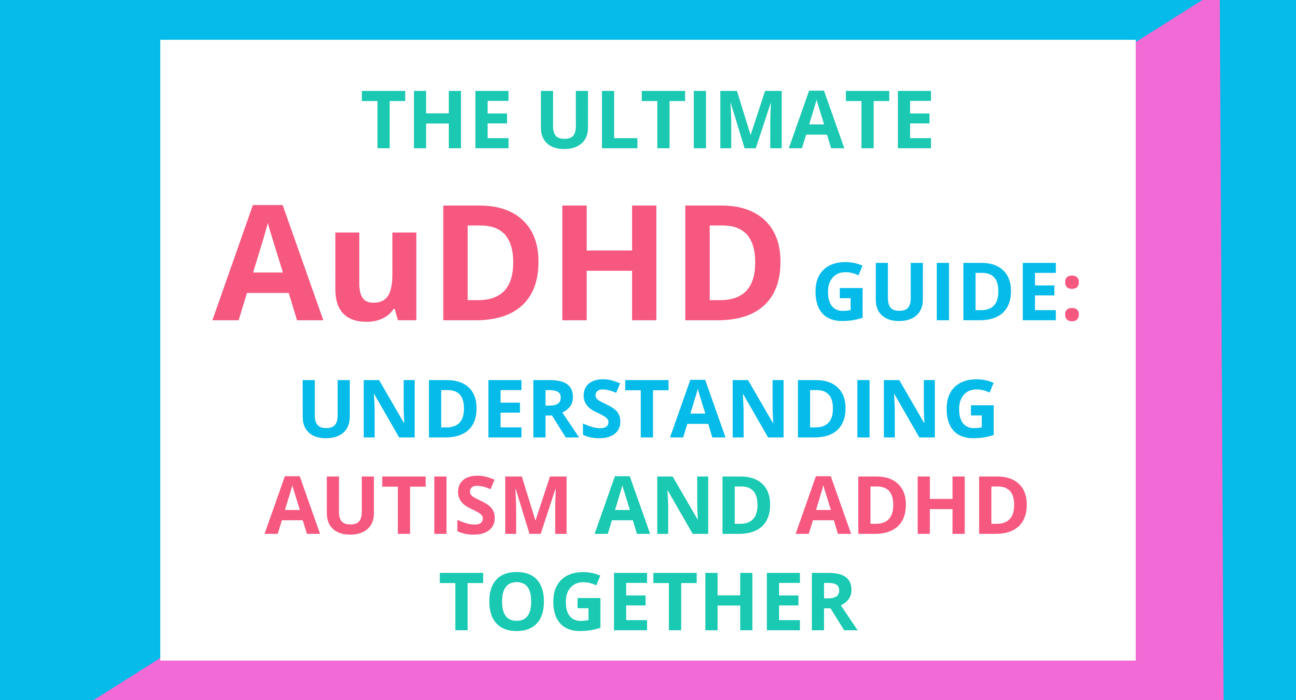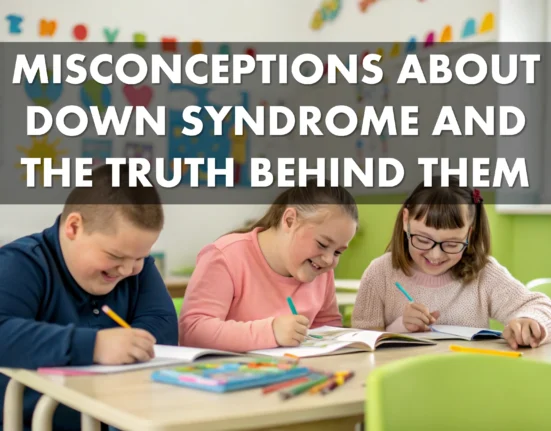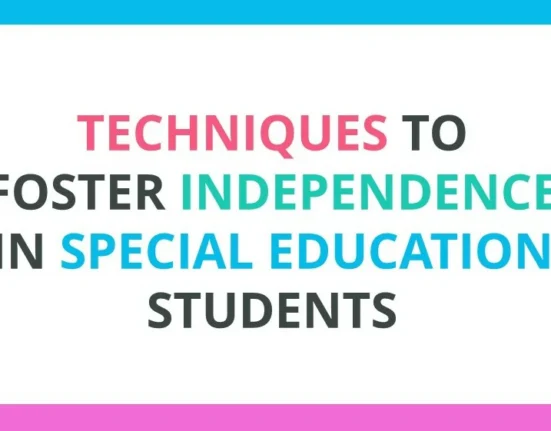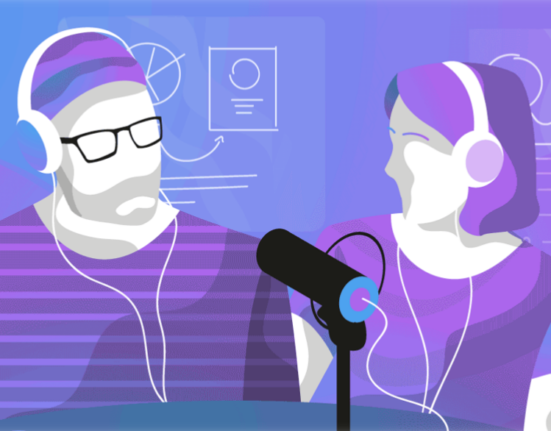Living with both autism and ADHD—commonly known as AuDHD—can be a unique and complex experience. The intersection of these neurodivergent traits creates a distinct way of thinking, perceiving, and interacting with the world. Many individuals with AuDHD struggle with sensory overload, executive dysfunction, and social communication challenges, yet they also possess incredible strengths such as creativity, hyperfocus, and deep empathy.
This guide explores the symptoms, diagnosis process, coping strategies, and daily life tips for individuals with AuDHD. Whether you are diagnosed, suspect you have AuDHD, or support someone who does, this resource provides valuable insights to navigate life more smoothly.

Table of Contents
Understanding AuDHD
What Is AuDHD?
AuDHD is a term used to describe individuals who have both Autism Spectrum Disorder (ASD) and Attention-Deficit/Hyperactivity Disorder (ADHD). While these conditions have distinct diagnostic criteria, they frequently co-occur. Research suggests that between 30-80% of autistic individuals also meet the criteria for ADHD, and vice versa.
Autism is characterized by differences in social communication, sensory processing, and repetitive behaviors. ADHD, on the other hand, involves challenges with attention, impulsivity, and hyperactivity. When combined, these traits can manifest in ways that are both overlapping and contradictory.
Common Overlaps Between Autism and ADHD
- Sensory Sensitivities: Both conditions can involve heightened or diminished responses to sensory input, leading to sensory overload or sensory-seeking behaviors.
- Executive Dysfunction: Difficulties with organization, time management, and task initiation are common in both autism and ADHD.
- Social Challenges: While autistic individuals may struggle with understanding social cues, ADHDers may interrupt conversations or struggle with impulsivity in social settings.
- Hyperfocus & Special Interests: Both neurotypes can exhibit intense focus, but while ADHD hyperfocus is often short-lived, autistic special interests tend to be long-term and deeply immersive.
- Emotional Dysregulation: Difficulty managing emotions, rapid mood shifts, and heightened sensitivity to criticism are shared traits.
Contradictions Between Autism and ADHD
- Routine vs. Spontaneity: Autistic individuals often thrive on routine, while ADHDers may prefer novelty and struggle with consistency.
- Attention Differences: ADHD is marked by distractibility, whereas autistic individuals may have a deep, sustained focus on topics of interest.
- Social Behavior: ADHDers may be highly sociable but struggle with impulse control, while autistic individuals might prefer solitude or structured social interactions.
Recognizing the Signs of AuDHD
Signs of AuDHD in Childhood
- Intense focus on specific interests, yet easily distracted in other areas
- Struggling with transitions or changes in routine
- Sensory sensitivities to clothing, sounds, or food textures
- Difficulty following multi-step instructions
- High energy levels, but also needing downtime to recover from overstimulation
Signs of AuDHD in Adulthood
- Procrastination or difficulty starting tasks despite high intelligence
- Social exhaustion and masking to fit into neurotypical expectations
- Executive dysfunction, such as forgetting appointments or struggling with deadlines
- Sensory sensitivities impacting daily life choices (e.g., avoiding crowded spaces)
- Alternating between hyperfocus and extreme distractibility
The Emotional Impact of AuDHD
Many individuals with AuDHD experience rejection-sensitive dysphoria (RSD), which causes intense emotional reactions to perceived criticism or failure. Additionally, burnout is common due to chronic overstimulation and the need to constantly manage both autistic and ADHD traits.
Getting an AuDHD Diagnosis
Challenges in Diagnosis
Due to overlapping symptoms and historical biases in diagnostic criteria, AuDHD is often overlooked or misdiagnosed. Many individuals, especially women and AFAB (assigned female at birth) individuals, are diagnosed later in life after years of being misunderstood.
The Diagnostic Process
- Self-Assessment: Using online screening tools or reflecting on childhood behaviors can be a helpful first step.
- Seeking a Specialist: Neurodivergent-affirming psychologists or psychiatrists can conduct thorough evaluations.
- Comprehensive Evaluation: This includes interviews, cognitive tests, and behavioral observations.
- Receiving a Diagnosis: Some individuals receive separate diagnoses for autism and ADHD, while others are simply recognized as having traits of both.
Self-Diagnosis and the Validity of Lived Experience
Not everyone has access to formal diagnosis due to financial barriers or medical gatekeeping. Self-identification, when based on thorough research and reflection, is valid and can lead to effective self-accommodation strategies.
Living with AuDHD: Practical Tips
Managing Executive Dysfunction
- Use visual timers and alarms to maintain structure.
- Break tasks into smaller steps to avoid overwhelm.
- Utilize “body-doubling,” where a friend or coworker is present while completing tasks.
Navigating Sensory Overload
- Noise-canceling headphones can help in overwhelming environments.
- Carrying sensory-friendly tools like fidget items can provide comfort.
- Creating a sensory-friendly home environment with dim lighting and soft textures can reduce stress.
Social Strategies for AuDHD Individuals
- Scripting conversations in advance can reduce social anxiety.
- Setting boundaries around social interactions prevents burnout.
- Finding neurodivergent-friendly communities can provide a sense of belonging.
Productivity Hacks for the AuDHD Brain
- Use hyperfocus periods strategically to tackle high-energy tasks.
- Implement gamification techniques (reward systems, checklists) to boost motivation.
- Allow for flexibility in routines to accommodate fluctuating energy levels.
Mental Health and Self-Compassion
- Therapy with a neurodivergent-affirming professional can be life-changing.
- Reframing “failures” as learning opportunities reduces self-criticism.
- Prioritizing rest and self-care is essential for long-term well-being.
Frequently Asked Questions
Is AuDHD an official medical diagnosis?
No, “AuDHD” is not a formal diagnostic term, but it is used in neurodivergent communities to describe co-occurring autism and ADHD.
Can someone be autistic and have ADHD at the same time?
Yes, autism and ADHD frequently co-exist, as they are both neurodevelopmental conditions with overlapping traits.
How can I tell if I have AuDHD?
If you relate to both autistic and ADHD traits, self-assessment tools and consulting a specialist can help clarify your neurotype.
What are some strengths of having AuDHD?
AuDHD individuals often have intense creativity, deep empathy, hyperfocus abilities, and innovative problem-solving skills.
How can I support a loved one with AuDHD?
Being patient, understanding sensory needs, and respecting their unique way of processing the world can make a huge difference.
What careers suit AuDHD individuals?
Careers that allow flexibility, creativity, and autonomy—such as writing, programming, design, or entrepreneurship—tend to be a good fit.
Final Thoughts
Living with AuDHD comes with its own set of challenges, but it also brings unique strengths and perspectives. By embracing neurodivergence and implementing practical coping strategies, individuals with AuDHD can thrive in a world that often isn’t built for them. Whether through self-advocacy, community support, or personalized accommodations, navigating life with AuDHD can be fulfilling and empowering.






